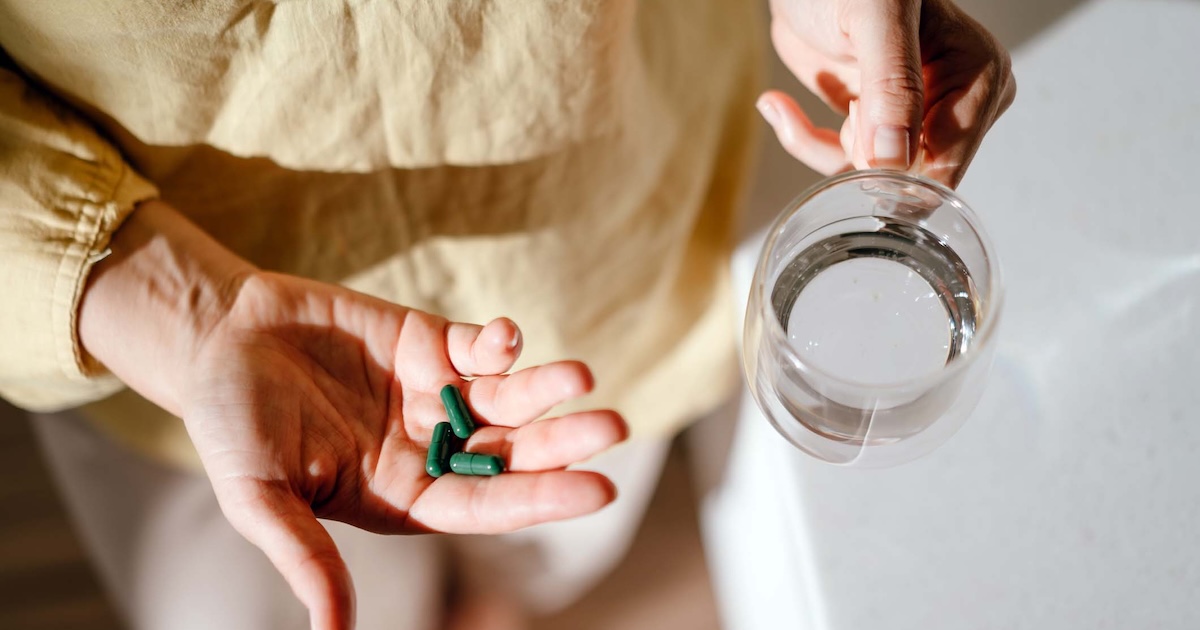Inventors have created a number of medical device peripherals that attach to mobile phones in recent years. This past week we wrote about an iPhone peripheral LED light that illuminates flourescent ink "tattooed" under a person's skin to detect sodium levels or blood glucose levels. In years past we've covered peripherals that transform inexpensive mobile phones into microscopes, mini eye exam machines, and more.
Read on for our roundup of seven mobile phone peripheral devices you should know...
Cellscope

Cellscope takes a standard cell phone and transforms it into a compact, high-resolution, handheld microscope with the capability of on-site disease diagnosis and wireless transmission of patient data to clinical centers for remote diagnosis and treatment. The company is currently piloting a program focused on at-home diagnosis of pediatric infections. It was developed by Dr. Daniel Fletcher, Dr. Erik Douglas and Dr. Wilbur Lam of the University of California at Berkeley. Cellscope was also one of the startups chosen to be a part of mHealth incubator Rock Health's first class of 2011 startups.
Agamatrix's IBGStar
 IBGStar is a blood glucose meter plug-in for the iPhone from Sanofi, with the plugin module created by Agamatrix. The forthcoming iPhone BGM plug-in will interact with a not yet Apple-approved iBGStar Diabetes Manager App that will help users track blood glucose, carbs intake and insulin dose. Agamatrix already offers such an app for iPhone users under its Wavesense brand, however, that application does not pair with a blood glucose meter.
IBGStar is a blood glucose meter plug-in for the iPhone from Sanofi, with the plugin module created by Agamatrix. The forthcoming iPhone BGM plug-in will interact with a not yet Apple-approved iBGStar Diabetes Manager App that will help users track blood glucose, carbs intake and insulin dose. Agamatrix already offers such an app for iPhone users under its Wavesense brand, however, that application does not pair with a blood glucose meter.
AliveCor's iPhoneECG

December 2010: Dr David Albert and the iPhoneECG case
The iPhoneECG is a single-lead electrocardiogram reader that attaches to the back of an iPhone and displays heart rate info via an app. (An Android version is in the works.) The creator, Dr. David Albert, believes the iPhone ECG could be featured in intensive care units and used by EMTs. Albert has already begun his discussion with the FDA to get the device cleared as a medical device in the US. Albert hopes to have the product cleared with 510(k) in the next few months. His team is compiling the clinical data and he expects some of it to be published soon.
Microskia
 Microskia, a startup out of UCLA, is a $10 1.5-ounce microscope peripheral created out of off-the-shelf components that is intended for developing nations. The invention won numerous awards from foundations and the NSF, which helped fund trials for the device in Africa last year.
Microskia, a startup out of UCLA, is a $10 1.5-ounce microscope peripheral created out of off-the-shelf components that is intended for developing nations. The invention won numerous awards from foundations and the NSF, which helped fund trials for the device in Africa last year.
Glucophone
 Glucophone is an integrated cell phone-glucometer system introduced in 2006 that used custom software on certain LG mobile phones along with a Glucopack fitted onto the device's back. Users place the test strip in a small slot on the side of the GlucoPak, with the results uploaded seconds later to the HealthPia website, and securely stored there. The results can be automatically sent to your physician, guardian, or family member in real-time. After its initial announcement, Glucophone was MIA for a year, and many believed the product to vaporware. Finally, in August 2007, HealthPia announced that they'd received FDA approval for the device and were beginning to ship the product for certain phones. Genesis Health currently markets the Glucophone online, but its website does not appear to have been updated since 2009.
Glucophone is an integrated cell phone-glucometer system introduced in 2006 that used custom software on certain LG mobile phones along with a Glucopack fitted onto the device's back. Users place the test strip in a small slot on the side of the GlucoPak, with the results uploaded seconds later to the HealthPia website, and securely stored there. The results can be automatically sent to your physician, guardian, or family member in real-time. After its initial announcement, Glucophone was MIA for a year, and many believed the product to vaporware. Finally, in August 2007, HealthPia announced that they'd received FDA approval for the device and were beginning to ship the product for certain phones. Genesis Health currently markets the Glucophone online, but its website does not appear to have been updated since 2009.
Nanosensor Tattoo
 Technology that allows sodium and blood oxygen levels to be monitored with an iPhone via a nanosensor “tattoo” is being developed by a team at Northeastern University’s Department of Pharmaceutical Sciences. The project began as a way to check blood glucose levels in diabetics without the need for finger-prick bloodletting. A solution containing certain nanoparticles is injected into the skin; these nano particles fluoresce when exposed to a target molecule (in this study, that includes glucose and sodium). An iPhone inside a modified case is then pressed to the skin and tracks changes in the level of fluorescence, which then reveal the amount of sodium or glucose present. Currently, the iPhone only takes images of the tattoo, which are then analyzed on a computer. The team has plans to create an iPhone app which would allow analysis on the phone.
Technology that allows sodium and blood oxygen levels to be monitored with an iPhone via a nanosensor “tattoo” is being developed by a team at Northeastern University’s Department of Pharmaceutical Sciences. The project began as a way to check blood glucose levels in diabetics without the need for finger-prick bloodletting. A solution containing certain nanoparticles is injected into the skin; these nano particles fluoresce when exposed to a target molecule (in this study, that includes glucose and sodium). An iPhone inside a modified case is then pressed to the skin and tracks changes in the level of fluorescence, which then reveal the amount of sodium or glucose present. Currently, the iPhone only takes images of the tattoo, which are then analyzed on a computer. The team has plans to create an iPhone app which would allow analysis on the phone.
NETRA
 Netra (Near-Eye Tool for Refractive Assesment) is a system for prescribing eyeglasses, created by a team of researchers at the MIT Media Lab, that utilizes a smartphone and a plastic lens attachment that costs only one dollar to build. A patient looks into the lens attached to the smartphone and runs an app that shows them parallel red and green lines. The user then uses arrow keys on the phone to adjust the image until the lines overlap, creating an eye prescription. The team has founded a start-up called PerfectSight that will sell the device in Asian and African markets.
Netra (Near-Eye Tool for Refractive Assesment) is a system for prescribing eyeglasses, created by a team of researchers at the MIT Media Lab, that utilizes a smartphone and a plastic lens attachment that costs only one dollar to build. A patient looks into the lens attached to the smartphone and runs an app that shows them parallel red and green lines. The user then uses arrow keys on the phone to adjust the image until the lines overlap, creating an eye prescription. The team has founded a start-up called PerfectSight that will sell the device in Asian and African markets.


